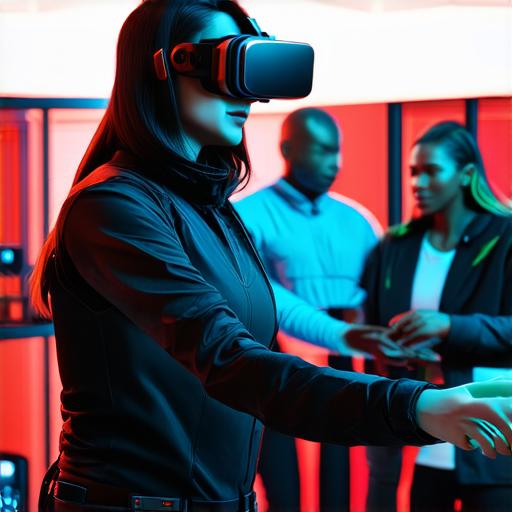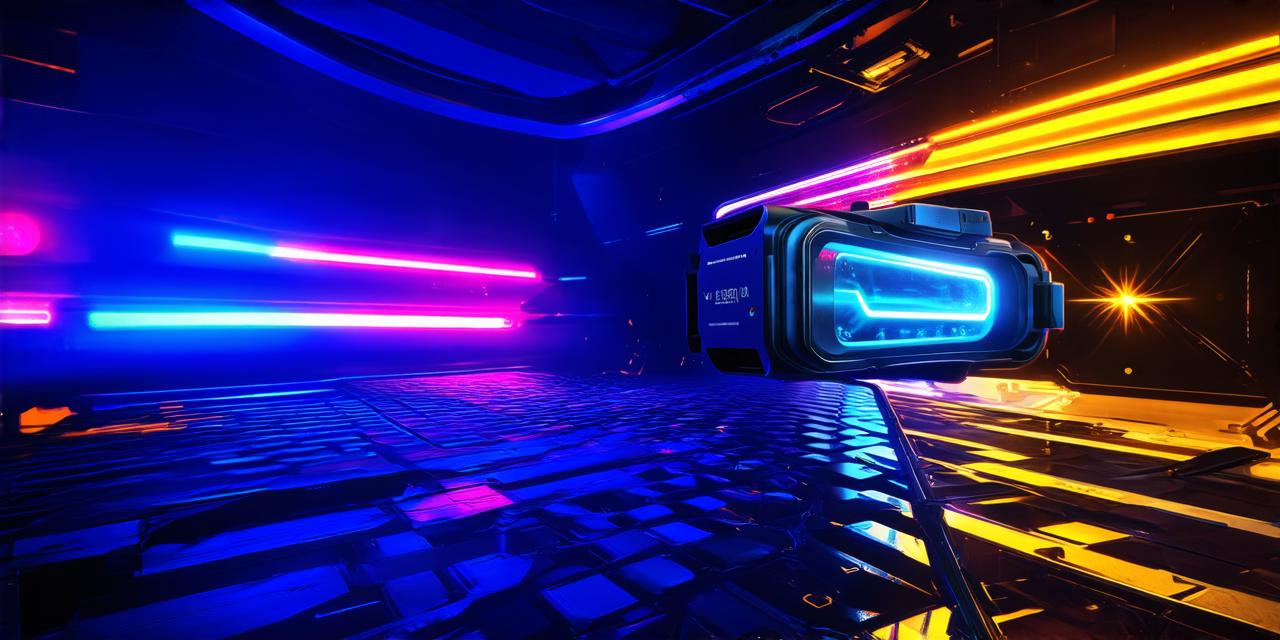Virtual reality (VR) is a rapidly growing technology that allows users to experience an immersive and interactive digital environment. It has the potential to revolutionize many industries, including gaming, education, healthcare, and more. In this article, we will explore what VR is, how it works, and some of its potential applications.
What is Virtual Reality?
Virtual reality is a computer-generated simulation that creates an environment that simulates the real world or something completely new and different. It uses sensors and headsets to track the user’s movements and create a realistic 3D experience. The user can interact with the virtual environment using hand or body gestures, voice commands, or specialized controllers.
How does Virtual Reality work?
Virtual reality works by tracking the user’s movements using sensors, such as accelerometers, gyroscopes, and magnetometers. These sensors are typically found in VR headsets or gloves. The data from these sensors is then used to calculate the user’s position and orientation in real-time. The virtual environment is created using a combination of 3D models, textures, and lighting. These elements are rendered in real-time by the VR system’s graphics processor.
Potential Applications of Virtual Reality
Virtual reality has many potential applications across various industries. Some of the most promising areas include:
-
Gaming
-
Education
-
Healthcare
-
Real Estate
Case Studies and Personal Experiences
There are many examples of virtual reality being used in various industries. Here are a few case studies and personal experiences that illustrate the potential of VR:
-
Virtual Field Trips
Virtual field trips can be used to take students on immersive learning experiences without leaving the classroom. For example, a history class can visit ancient Rome using VR headsets. Students can explore the Colosseum and walk through the streets of Rome in a 3D environment. This allows students to experience history in a more engaging and memorable way.
-
Virtual Rehabilitation
Virtual reality can be used for rehabilitation therapy, particularly for patients with spinal cord injuries or other mobility impairments. For example, a patient recovering from a spinal cord injury can use VR to practice walking in a safe and controlled environment. This can help improve their balance and strength, which can lead to faster recovery times.
-
Virtual Surgical Training
Virtual reality can be used for surgical training, allowing doctors and nurses to practice complex procedures in a safe and controlled environment. For example, a surgeon can use VR to practice performing brain surgery on a virtual patient. This can help reduce the risk of complications during real surgeries and improve patient outcomes.
-
Personal Experience: Virtual Reality Gaming
As a virtual reality enthusiast, I have experienced the power of VR firsthand. When I put on my headset and step into a virtual world, I am immediately immersed in an environment that feels real and interactive. The graphics are stunning, and the sound effects are incredibly realistic. I can interact with the virtual environment using hand gestures, voice commands, or specialized controllers, which makes the experience even more engaging.

FAQs
What is virtual reality?
Virtual reality is a computer-generated simulation that creates an environment that simulates the real world or something completely new and different. It uses sensors and headsets to track the user’s movements and create a realistic 3D experience. The user can interact with the virtual environment using hand or body gestures, voice commands, or specialized controllers.
How does virtual reality work?
Virtual reality works by tracking the user’s movements using sensors, such as accelerometers, gyroscopes, and magnetometers. These sensors are typically found in VR headsets or gloves. The data from these sensors is then used to calculate the user’s position and orientation in real-time. The virtual environment is created using a combination of 3D models, textures, and lighting. These elements are rendered in real-time by the VR system’s graphics processor.
What are some potential applications of virtual reality?
Virtual reality has many potential applications across various industries, including gaming, education, healthcare, real estate, and more. Some of the most promising areas include virtual field trips, rehabilitation therapy, surgical training, and immersive gaming experiences.
